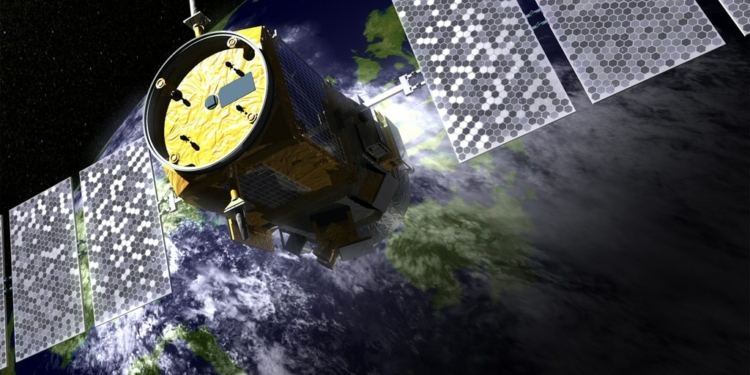source: Internet Society news
If all goes as planned, Elon Musk’s SpaceX will eventually launch 4,425 satellites into orbit with the goal of delivering broadband service to all corners of the Earth.
The U.S. Federal Communications Commission, on Wednesday, approved SpaceX’s request to move forward with its space-based broadband proposal, on the condition that the aerospace company launch half of the satellites within six years.
Once deployed, the low-Earth orbit satellites will cover the entire United States, including Puerto Rico and the U.S. Virgin Islands, and eventually, provide “full-time coverage to virtually the entire planet,” the FCC said in its approval order.
SpaceX plans to begin launching the satellites in 2019. About 800 satellites will need to be deployed for the broadband service to be operational. The company, in the midst of launching 10 satellites on Friday, didn’t have an immediate comment on the FCC approval.
The company calls the proposed service “Starlink” and plans to offer wireless broadband speeds comparable to fiber-optic service.
The FCC imposed a number of conditions on SpaceX’s application. Several other satellite operators raised concerns about spectral interference from the SpaceX satellites, and others suggested the large number of satellites would eventually lead to orbital debris, or space junk.
The FCC rejected a request from satellite operator Telesat Canada for SpaceX to comply with International Telecommunication Union spectrum-sharing obligations, but the agency required Musk’s company to comply with its own spectrum interference rules.
The FCC also rejected a request from satellite operator OneWeb for a 125-kilometer buffer zone between its own satellites and SpaceX’s to avoid collisions, but such a large gap would “effectively preclude the proposed operation” of SpaceX’s system, the FCC said. OneWeb “has not provided legal or technical justification for a buffer zone of this size,” the agency added.
The FCC suggested that satellite operators work out buffer-zone issues between them.
The FCC approved a broadband proposal, involving 720 satellites, from OneWeb in June. In recent days, the company asked for approval to launch another 1,260 satellites. The agency also approved smaller satellite proposals from Space Norway and Telesat in November.
The agency, however, set power flux-density limits on SpaceX, and required the company to coordinate operations with radio astronomy observatories, to protect them from harmful interference.
Additional rules for satellites are needed, Commissioner Jessica Rosenworcel said in a statement accompanying the FCC’s approval.
“A next-generation space race is unfolding,” she said. “We are seeing new commercial models, players, and technologies coming together to pioneer a wide range of cool satellite services. This is undeniably exciting.”
The FCC needs to address the growing challenge of orbital debris, and it needs to work more with other federal agencies to determine national policies for “this jumble of new space activity,” she added.
Existing regulations “were designed for a time when going to space was astronomically expensive and limited to the prowess of our political superpowers,” Rosenworcel said. “No one imagined commercial tourism taking hold, no one believed crowd-funded satellites were possible, and no one could have conceived of the sheer popularity of space entrepreneurship.”


































